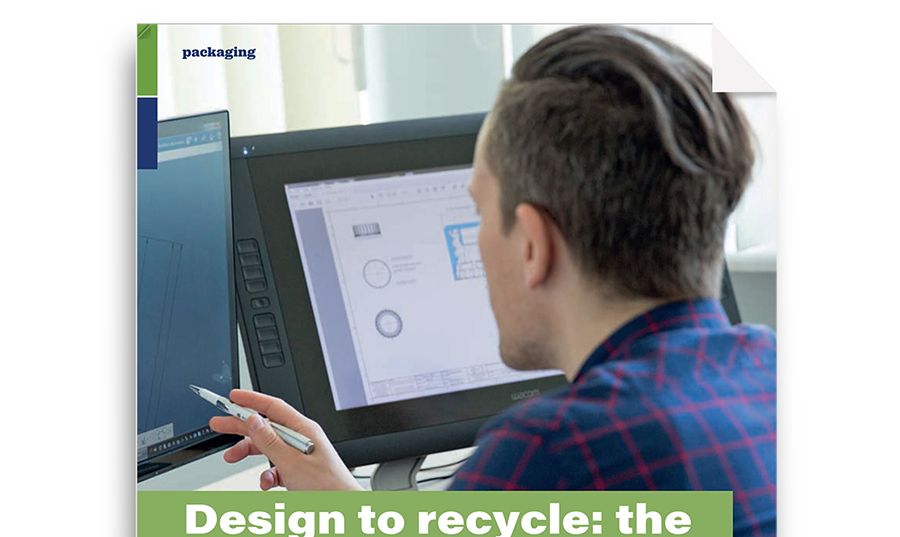
The plastic packaging industry will, like every other industry, have a 'before coronavirus' and an 'after coronavirus'. Having been largely positioned as part of the essential food supply chain during the global pandemic, it will thankfully not have suffered the same dramatic financial impact as many other sectors, yet this does not mean that impact has not been felt.
Perhaps a silver lining that this unprecedented situation offers is an awareness that change across the plastic packaging sector can be implemented quickly than previously considered. Change that can deliver tangible advantages to manufacturers, consumers, and the environment. If the sector can grasp this opportunity and harness the potential to implement actions that can truly make a difference, it will be possible to rewrite some of the negative associations the industry has faced and take positives from this challenge.
It is evident that companies can move quickly. Quicker than they thought they could, certainly. Manufacturing can be modified without endless strategising, equipment can be used in different ways and, crucially, employees are delighted to be involved in harnessing their skills for impactful change. Marry this with the ongoing focus on increased sustainability in the plastic packaging sector and there is a harmonious relationship ready to blossom.
Until now, Design for Recycling (DfR) has been a relatively quiet voice in the plastic packaging industry, yet its pleasing tone has increased in volume as the need – and the market and regulatory demand – for more sustainable packaging continues, both Before Coronavirus and After Coronavirus. In plastic packaging, as in life, there are rarely only two options. Yes or no doesn’t come close to covering the nuanced options of better or worse, more effective or less effective, sustainable or unsustainable.
DfR is the smart approach to sustainable plastic packaging, as well as being a good idea for almost all manufacturing, as we live in a world with finite resources. The basic premise is that it is far better to design packaging that is easy to recycle with existing technologies after use than to focus on creating ways to recycle complex packaging. Core elements include assessing how the different constituent polymer materials separate in the recycling process, how additives and colourant but also added material such as labels, closures and inks can hinder the recyclability of the final packaging.
Committing to an eco-design strategy that starts at the very beginning is a very good place to start. Emmanuel Duffaut, Sustainability Director for global plastic packaging producer RETAL, agrees, “Recyclability has to be integrated in packaging KPIs alongside technical performance, costs efficiency, etc. By designing and producing more recyclable packaging, it is possible to positively influence the complete life cycle of a brand's products and boost its sustainability credentials. Reducing environmental impact and creating a circular economy is at the heart of design to recycle.”
The guidelines offered by Plastics Recyclers Europe (PRE), the organisation that represents companies associated with plastic recycling, an €18bn sector that employs over 18,000 people in more than 500 companies, explains the DfR approach. With clear PET, coloured PET, and thermoformed trays among the packaging types discussed, PRE states how preforms, caps, and labels must be evaluated for their recyclability in presently-available recycling streams.
PRE also offers has a free online tool, created by RecyClass, to rate the recyclability of users' packaging from A-F, as well as giving advice on how to improve. Duffaut adds, “Here at RETAL we actively promote RecyClass DfR principles and tools among our beverage and food brand customers to collaboratively assess and improve the recyclability of their packaging. In our recent customer survey, we were delighted to see that over 55% of customers wanted to further increase the recyclability of their preforms, caps and films and we're working together to make that happen in a cost-effective, practical way.”
As this new world shows that change is possible and even welcomed, perhaps design for recycling is one of the heroes of this global crisis. Tweaks lead to innovation. By understanding - and experiencing - that it is inherently possible to do more with less, there are opportunities for improvement without difficulty and without unnecessary delays or complications. Design for Recycling is just design now.